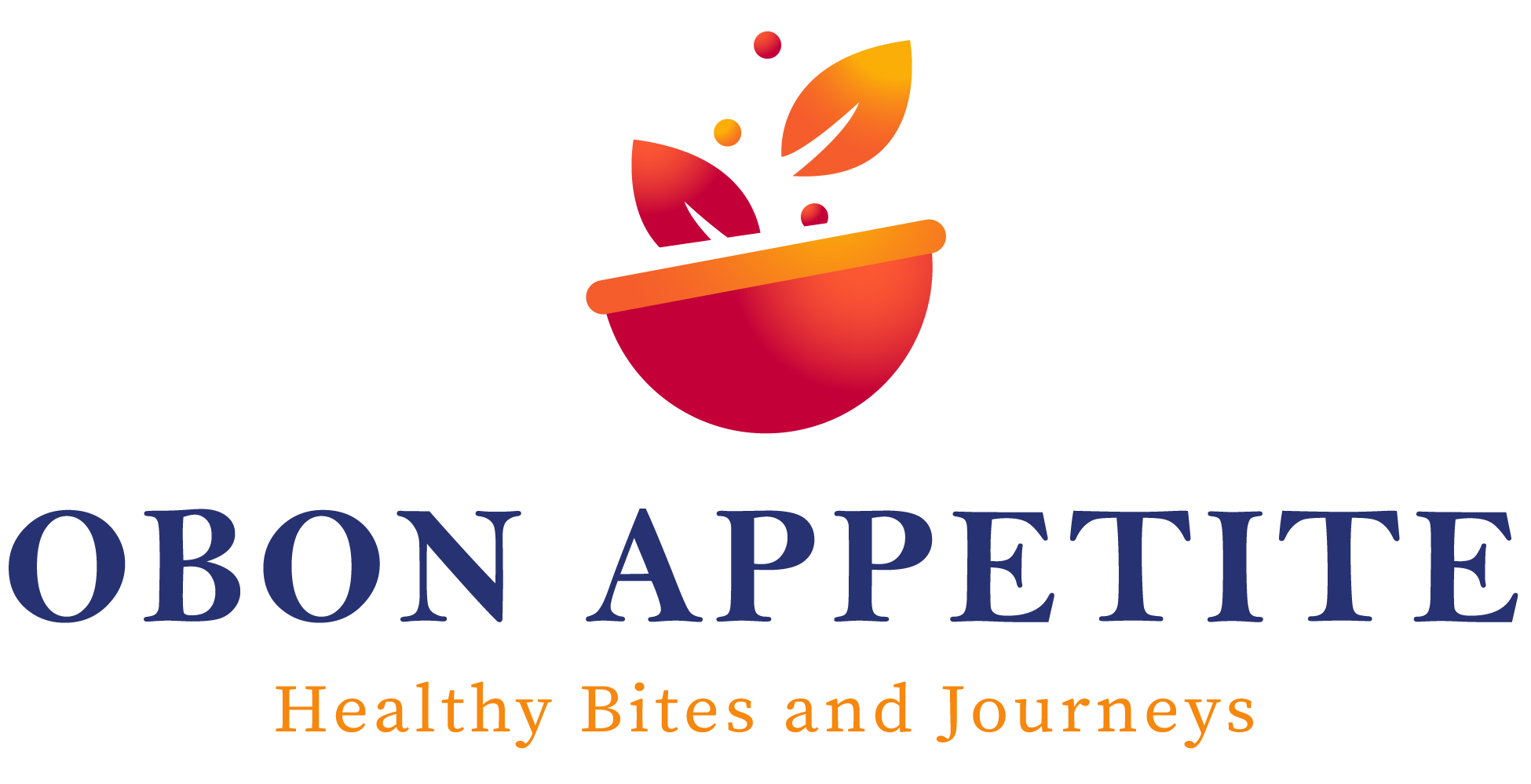
Consult the pet professionals: Why do dogs chew bones? This Is Your Response

Why Do Dogs Like to Chew on Bones? Discover the Benefits for Dogs!
Dogs have an innate love for chewing, and one of their favorite items to gnaw on are bones. The act of chewing not only helps to satisfy their natural instincts but also provides various benefits, both physically and psychologically. Understanding why dogs like to chew on bones can help you make informed decisions about your furry friend’s health and happiness.
- What Drives Dogs to Chew on Bones?
- How Does Chewing Relate to a Dog’s Ancestry?
- Our Top Picks
- Are There Specific Breeds That Enjoy Chewing More?
- What Are the Physical Benefits of Chewing on Bones?
- What Are the Psychological Benefits of Bone Chewing?
- Are There Risks Associated with Dogs Chewing on Bones?
- How Can Owners Monitor Their Dogs While Chewing?
- What Alternatives to Traditional Bones Are Available?
- What Natural Chews Are Safe and Beneficial for Dogs?
- How Can Owners Choose the Right Chew Option for Their Dog?
- How Can Owners Encourage Healthy Chewing Habits?
- Your Questions, Answered
What Drives Dogs to Chew on Bones?
Is Chewing a Natural Instinct for Dogs?
Chewing is indeed a natural instinct for dogs, rooted deeply in their ancestry. From a young age, puppies begin to explore the world with their mouths, and chewing helps them learn about their environment. This instinct to chew is not merely a habit; it serves numerous functions, such as alleviating boredom and keeping teeth clean. Dogs love to chew on bones because it satisfies their need to gnaw, which can be particularly pronounced in certain breeds. Providing your dog with appropriate chew items can help channel this instinct in a positive way.
The act of chewing allows dogs to engage their natural behaviors while providing a sense of satisfaction. It’s important to note that while chewing is beneficial, the type of chew item must be carefully chosen. Chewing can also serve as a stress reliever, helping to ease anxiety in dogs. By allowing your dog to chew, you are promoting their well-being and catering to their instinctual needs, making it essential for dog owners to understand the significance of this behavior.

How Does Chewing Relate to a Dog's Ancestry?
Chewing behavior in dogs can be traced back to their wild ancestors, who relied on bones not only for nutrition but also for maintaining dental health. In the wild, chewing on bones helped to remove plaque and tartar buildup while providing essential nutrients from the marrow. This ancestral trait has been passed down to domestic dogs, which explains why many dogs like bones so much. The natural chewing instinct has been ingrained in them, making bones an appealing option for both enjoyment and health.
Many dogs still exhibit these primal behaviors, emphasizing the importance of chewing for their overall health. Understanding this ancestry can help dog owners appreciate the benefits of allowing their pets to chew on appropriate items. Additionally, it’s crucial to consider how the natural chewing instinct can be met with safe options, ensuring that your dog can enjoy the benefits without the risks associated with certain types of bones. By providing suitable chewing options, you can promote your dog’s health while recognizing their connection to their wild lineage.
Our Top Picks

Mighty Paw Naturals Curly Bully Sticks for Dogs:
Supports Dental Health: As your dog eagerly gnaws on these nutritious sticks, they also promote dental hygiene by naturally scraping away plaque and tartar; this simple, natural form of dental care reduces the need for costly treatments, and supports fresher breath, healthier gums, and overall oral health. Give your canine companion a daily chew that loves them back by keeping their teeth strong and their smile bright.
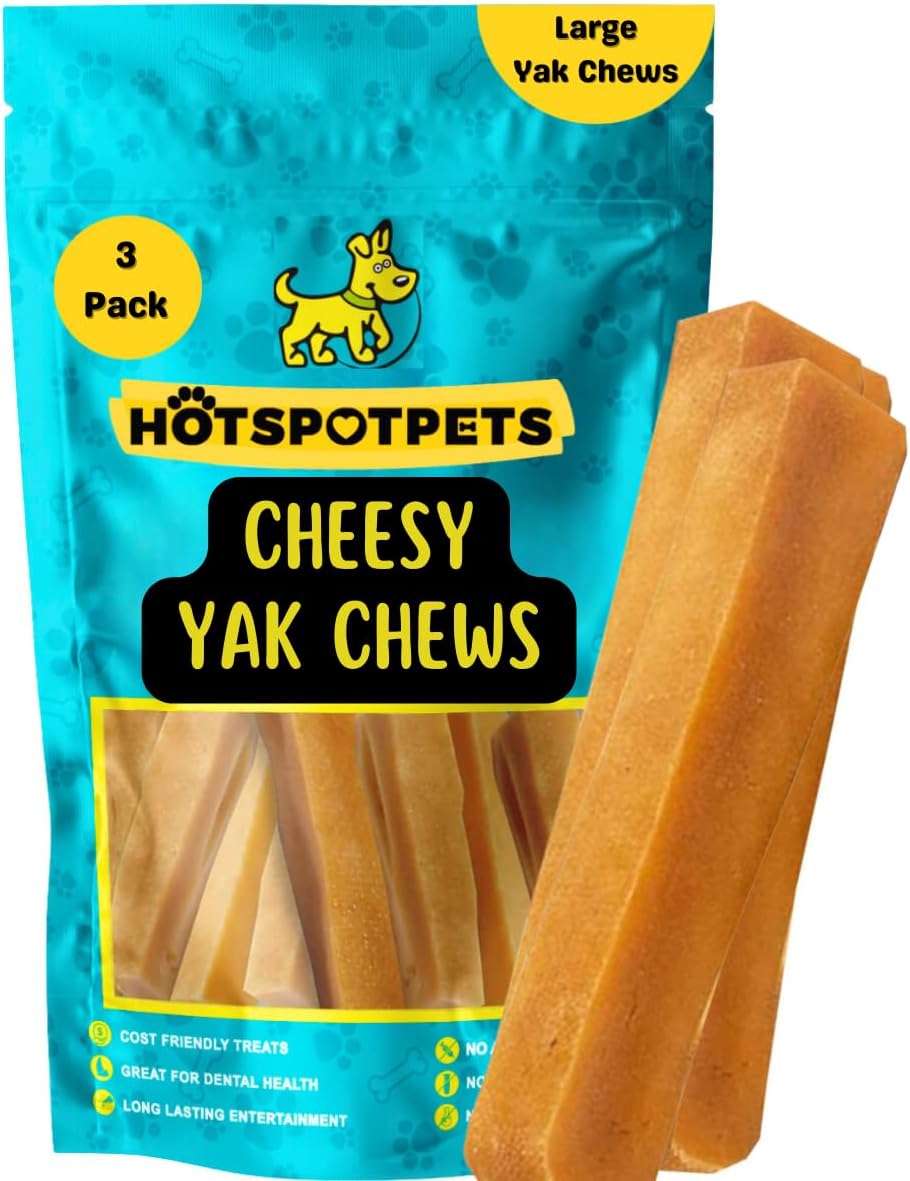
hotspot pets Large Himalayan Yak Cheese Dog Chew:
Himalayan Dog Chews for Dental Health: As your dog chows away on his tasty treat, it will stimulate jaw muscles which will assist in removing plaque and tartar from his mouth leaving him with healthy and clean teeth.
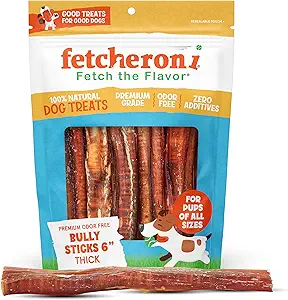
FETCHERONI Jumbo Bully Sticks for Dogs:
A great tasting, low- odor treat means you and your bestie will be satisfied with fetcheroni’s bully sticks. A boredom busting chew that will keep your pet occupied for hours.
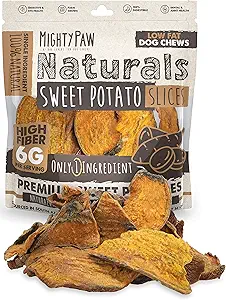
Mighty Paw Naturals Sweet Potato Slices for Dog:
Supports Dental Health: The tough, chewy texture of these dried sweet potato dog treats helps to promote clean teeth and fresh breath in your furry friend. This can help support dental health and keep your dog's mouth feeling healthy.
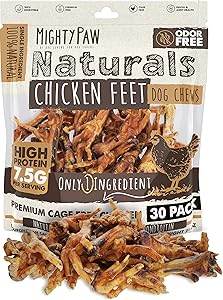
Mighty Paw Naturals Chicken Feet Dog Treats (30 Pack):
𝐀 𝐂𝐑𝐔𝐍𝐂𝐇𝐘 𝐇𝐄𝐀𝐋𝐓𝐇𝐘 𝐓𝐑𝐄𝐀𝐓: Our chicken feet are naturally dried giving them a tasty crunch that your pup will love. Great for picky eaters, and dogs with beef, lamb, pork, fish or grain allergies.

Pasture Paws Bully Sticks for Dogs:
Long-lasting: Our bully sticks are generally durable and can provide a longer chewing experience compared to some other dog treats. They are thick, natural farm whole bullies, ensuring a long-lasting premium quality chew.
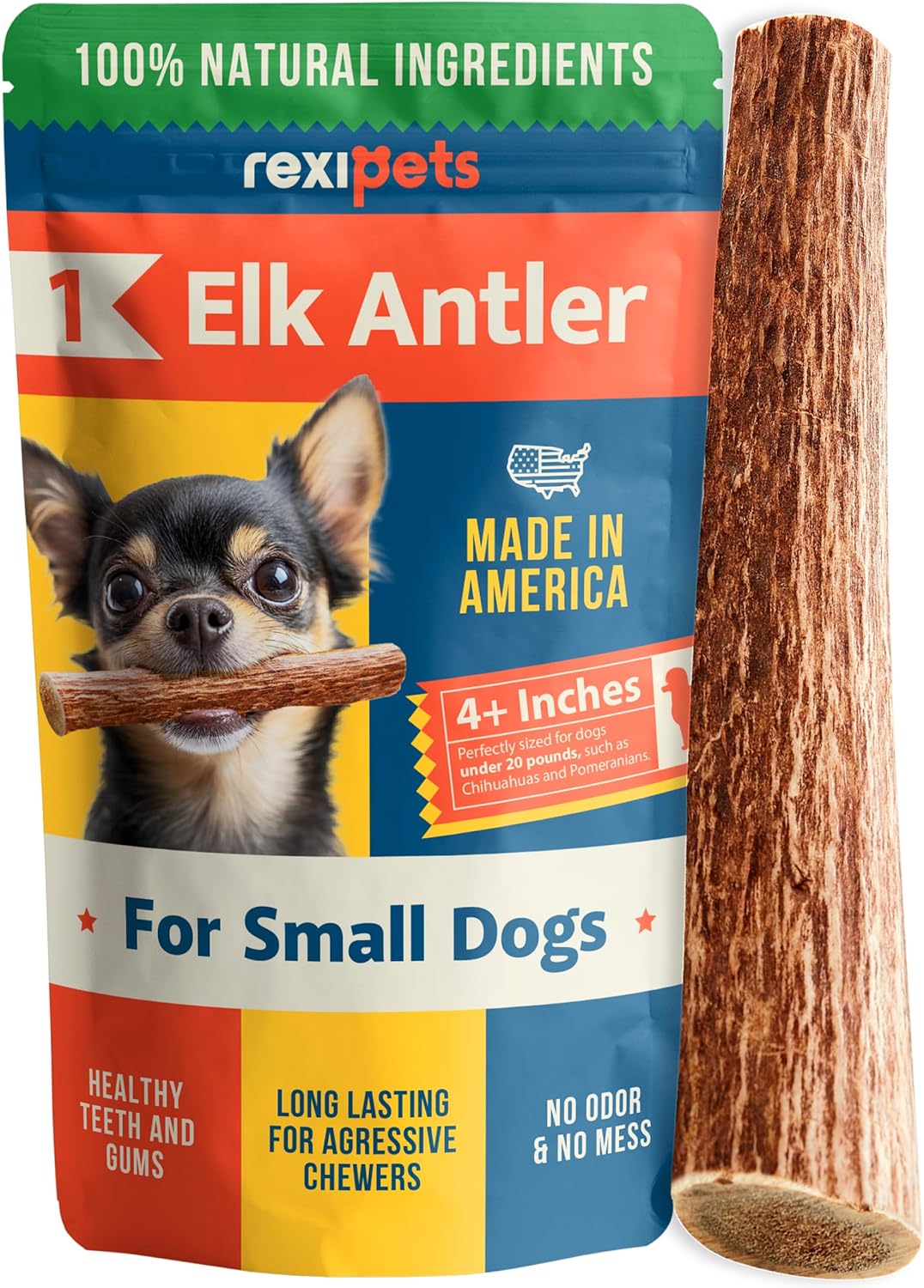
100% Natural - Antlers for Dogs:
✔️𝗡𝗨𝗧𝗥𝗜𝗘𝗡𝗧-𝗣𝗔𝗖𝗞𝗘𝗗 𝗘𝗟𝗞 𝗔𝗡𝗧𝗟𝗘𝗥 𝗗𝗢𝗚 𝗖𝗛𝗘𝗪𝗦: Rich in essential minerals like calcium and potassium, our antlers serve as more than just a dog antler chew - they're a dog's daily healthy treat.
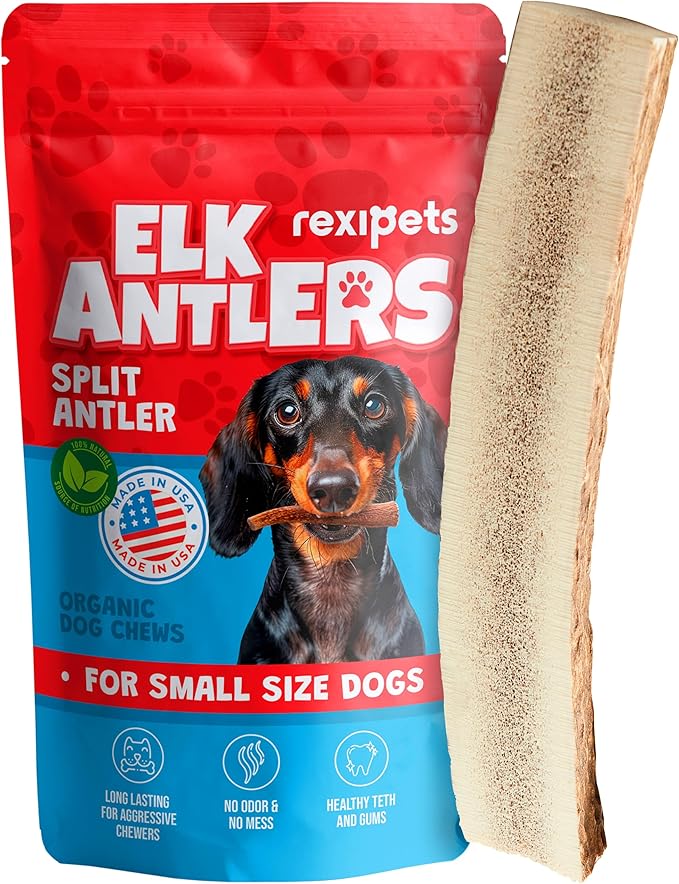
Mighty Paw Yak Cheese Dog Chews:
Premium length and durability: Choose bully sticks 12 inches thick for an extraordinary chewing experience and guaranteed lasting satisfaction; these top-quality chews are made from all-natural beef, offering a protein-rich treat that fulfills your dog's chewing needs and contributes to their overall health.
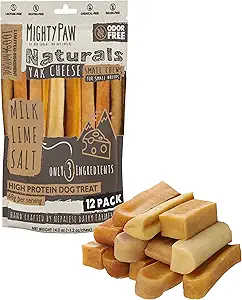
Mighty Paw Yak Cheese Chews for Dogs:
Rich in Protein and Calcium: The Mighty Paw Cheese Sticks are naturally rich in protein and calcium, which is great for healthy muscle growth as well as bone health.
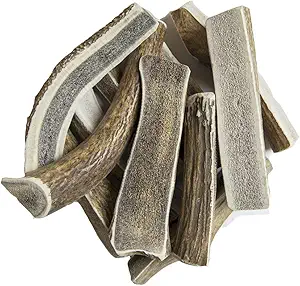
Split Elk Antlers for Dogs:
Premium Dog Chews: Sourced from Premium Grade Naturally Shed Antlers, Each Antler is Hand Selected to ensure top quality color, weight & density making it the perfect chew for your pup!
Are There Specific Breeds That Enjoy Chewing More?
While all dogs have a natural inclination to chew, certain breeds may exhibit a stronger desire for chewing than others. Breeds known for their strong jaws and energetic personalities, such as Pitbulls and Rottweilers, often enjoy chewing on bones and other hard chew items. These “hard chewers” thrive when given the opportunity to gnaw and play with durable chew toys or raw bones. Knowing your dog’s breed and individual preferences can help you tailor their chewing experiences to satisfy their needs.
Moreover, understanding the specific chewing tendencies of different breeds can allow owners to select the best chew options to promote dental health and mental stimulation. Some breeds, like retrievers, may prefer softer chews like bully sticks or rawhide, while others might enjoy the challenge of a harder bone. By taking your dog’s breed characteristics into account, you can provide the right type of bone or chew toy to promote satisfaction and prevent boredom, ensuring that your furry friend remains engaged and happy.
What Are the Physical Benefits of Chewing on Bones?
Can Chewing Help with Dental Health?
Chewing on bones can significantly contribute to a dog’s dental health. The act of gnawing helps to remove plaque and tartar buildup on their teeth, reducing the risk of dental issues. Additionally, bones can stimulate the gums, promoting overall oral hygiene and preventing gingivitis. When dogs chew on raw bones, they not only enjoy the taste but also benefit from the natural cleaning action that occurs during the process. A healthy mouth contributes to a healthier dog, making chewing a vital activity for maintaining dental health.
Regular chewing can be an effective alternative to professional dental cleanings and can save pet owners money in the long run. However, it is essential to choose the right type of bone, ensuring that it is suitable for your dog’s size and chewing strength. Providing your dog with specific dental chews designed for oral care can also enhance these benefits while satisfying their desire to chew. By incorporating chewing into your dog’s routine, you can contribute to a healthier mouth and a happier life for your beloved pet.

Does Chewing Promote Healthy Jaw Development in Puppies?
Chewing plays a crucial role in promoting healthy jaw development in puppies. As they grow, the act of chewing can help strengthen their jaw muscles and encourage proper alignment of their teeth. This is particularly important during the teething phase, as puppies experience discomfort when their adult teeth begin to emerge. Providing your puppy with appropriate chew toys or raw bones can help alleviate this discomfort while promoting healthy jaw development. It’s essential to select age-appropriate items that are safe for their delicate teeth and gums.
Furthermore, the act of chewing can also provide valuable mental stimulation for puppies, helping to keep them engaged and entertained. A well-rounded approach to chewing can lead to a happy, healthy pup with strong jaw muscles and a proper bite. Monitoring your puppy’s chewing habits and providing safe options will ensure they gain the physical benefits of chewing while also satisfying their natural instincts. This proactive approach to their development can set the foundation for lifelong dental and jaw health.
How Do Bones Contribute to Nutritional Needs?
Bones can also contribute significantly to a dog’s nutritional needs, especially when they contain marrow. Bone marrow is rich in essential nutrients, including fats, proteins, and minerals that are beneficial for a dog’s health. Chewing on raw bones allows dogs to access these nutrients, which can support their overall well-being. Additionally, certain bones can provide trace elements that may be lacking in a dog’s regular diet, making them a valuable addition to their nutrition. However, it’s important to ensure that the bones you provide are safe for your dog to chew.
Incorporating bones into your dog’s diet can promote better health and enhance their overall quality of life. Just be mindful of the type and size of bones you give your dog to avoid any choking hazards or splintering issues. Consulting with a veterinarian can also help you determine the best types of bones for your dog’s specific dietary needs. By understanding how bones can benefit your dog’s nutrition, you can make informed choices that support their health and happiness.
What Are the Psychological Benefits of Bone Chewing?
Can Chewing Help Alleviate Stress and Anxiety in Dogs?
Chewing on bones can serve as an effective method to alleviate stress and anxiety in dogs. When dogs engage in chewing, it releases endorphins that promote feelings of happiness and relaxation. This natural behavior can help distract dogs from stressors in their environment, creating a sense of calm. For many dogs, having a bone or chew toy to gnaw on can be a comforting activity, especially during times of change or uncertainty, such as moving to a new home or experiencing loud noises from storms or fireworks.
Providing your dog with a safe bone to chew can be an excellent way to help them cope with anxiety. By giving your furry friend the opportunity to engage in this natural behavior, you are promoting mental well-being and enhancing their quality of life. Regular chewing can also reduce boredom, which is often a significant factor in behavioral issues. By meeting their need to chew, you can help your dog manage stress, encouraging a more balanced and contented demeanor.
How Does Chewing Provide Mental Stimulation?
Chewing is not just a physical activity; it also provides essential mental stimulation for dogs. Engaging in this behavior can keep their minds active and prevent boredom, which can lead to destructive behaviors if left unaddressed. Dogs love to chew on bones because it offers them a challenge, allowing them to explore different textures and flavors. This exploration is crucial for their cognitive development, as it encourages problem-solving skills and keeps their brains engaged.
Moreover, providing a variety of chew toys and bones can enhance this mental stimulation, as dogs enjoy discovering new ways to interact with different items. Owners can rotate chew options to keep their dogs interested and engaged, ensuring that they remain mentally sharp. By fostering an environment that encourages healthy chewing habits, you can help your dog maintain their mental agility, which is just as important as their physical health. Chewing is, therefore, a vital activity that contributes to a well-rounded and happy dog.
Are There Risks Associated with Dogs Chewing on Bones?
What Types of Bones Are Safe for Dogs to Chew?
While chewing on bones offers numerous benefits, it’s crucial to be aware of the risks involved. Not all bones are safe for dogs to chew, and some can pose serious health hazards. For instance, cooked bones can splinter and cause choking or internal injuries, while certain hard chew items may lead to dental fractures. Instead, raw bones are generally considered safer as they are less likely to splinter and can provide essential nutrients. However, it’s important to choose bones that are appropriate for your dog’s size and chewing strength.
When selecting bones for your dog, opt for those that are labeled as safe for dogs to chew, such as raw beef or bison bones. Additionally, marrow bones can provide added nutritional benefits and keep your dog engaged for longer periods. Always supervise your dog while they are chewing to ensure their safety and to prevent any potential issues from arising. By choosing the right type of bone and monitoring their chewing habits, you can help minimize risks while allowing your dog to enjoy the benefits of chewing.

Can Chewing Bones Lead to Health Issues?
While chewing can be beneficial for dogs, it can also lead to health issues if not done safely. One of the primary concerns is the risk of choking, particularly if a dog chews on small or inappropriate bone pieces. Additionally, bones that splinter can cause internal injuries, such as cuts or blockages in the digestive tract. It’s essential for dog owners to be vigilant about the types of bones they provide and to monitor their pets during chewing sessions. If you notice any signs of distress or unusual behavior while your dog is chewing, it’s crucial to consult a veterinarian immediately.
Furthermore, overindulgence in chewing on bones can lead to gastrointestinal issues, such as constipation or diarrhea, especially if dogs consume too much bone material. To prevent these potential health problems, it’s wise to limit the amount of time your dog spends chewing and to balance their diet with other nutritious foods. By being proactive and informed, dog owners can help ensure that their furry friends enjoy the benefits of chewing while minimizing the associated risks.
How Can Owners Monitor Their Dogs While Chewing?
Monitoring your dog while they chew is essential to ensure their safety and well-being. It’s advisable to supervise your dog during their chewing sessions, especially if they are using new bones or chew toys. Keeping an eye on your furry friend can help you detect any potential hazards, such as choking or splintering, before they become serious issues. Additionally, observing your dog’s chewing habits can provide valuable insight into their preferences and any signs of discomfort they may experience.
Owners should also establish a designated chewing area to help manage the mess and keep the environment safe. By creating a comfortable space for your dog to enjoy their bones, you can make the chewing experience more enjoyable for both of you. Furthermore, regularly inspecting chew items for signs of wear and tear is crucial, as damaged bones or toys should be replaced immediately to prevent any health risks. By being proactive and attentive, you can help your dog enjoy their chewing experiences safely and healthily.
What Alternatives to Traditional Bones Are Available?
Are There Chew Toys That Mimic the Benefits of Bones?
For dog owners seeking alternatives to traditional bones, there are various chew toys available that can provide similar benefits. Many chew toys are designed to mimic the texture and appeal of bones while being safer for dogs to chew. These toys can help maintain dental health by reducing plaque and tartar buildup while providing the same satisfaction that dogs derive from chewing on bones. Look for durable chew toys made of natural rubber or nylon, which can withstand vigorous chewing and offer a safe outlet for your dog’s natural instincts.
Moreover, some chew toys are infused with flavors or treats to entice dogs further, making them an enjoyable option for playtime. By incorporating these alternatives into your dog’s routine, you can ensure they receive the physical and mental stimulation they need without the risks associated with real bones. Additionally, switching between chew toys and bones can keep your dog engaged, preventing boredom and encouraging healthy chewing habits. This balance can lead to a happier, healthier dog who enjoys their chewing experiences.
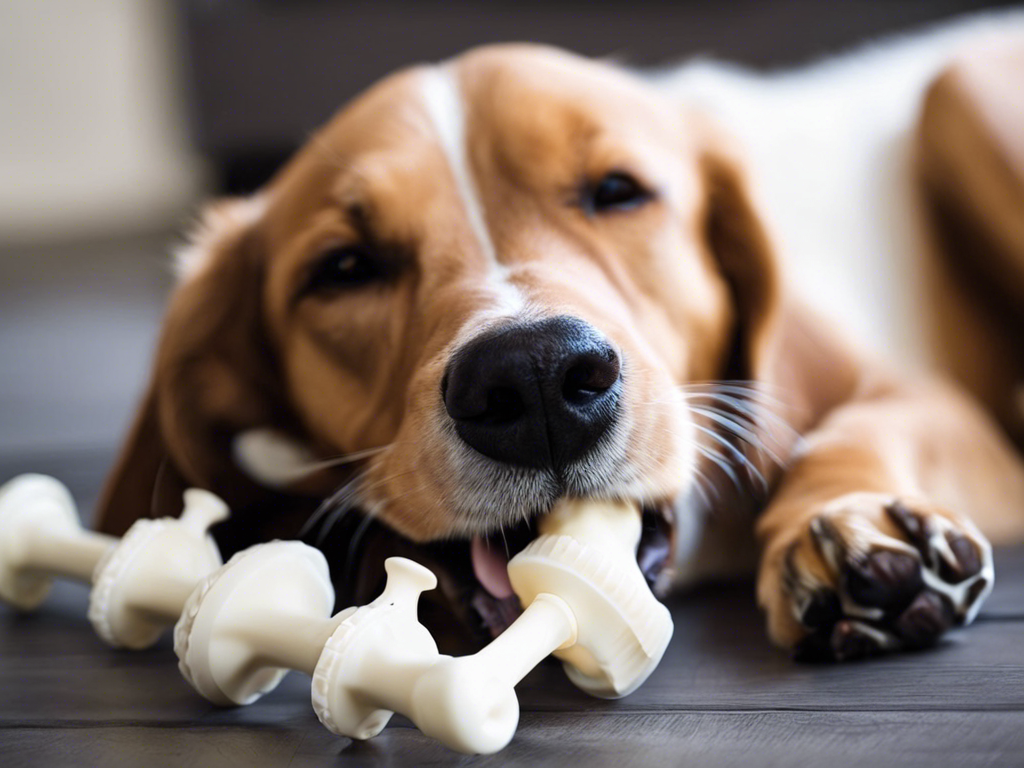
What Natural Chews Are Safe and Beneficial for Dogs?
In addition to chew toys, there are many natural chews that are safe and beneficial for dogs. Options such as bully sticks, antlers, and dried fish skin can provide dental benefits and satisfy your dog’s chewing instincts. These natural chews are often more digestible than traditional bones, reducing the risk of gastrointestinal issues. When choosing natural chews, always ensure they are sourced from reputable suppliers and free from harmful additives or preservatives.
Natural chews can also offer a variety of flavors and textures that will keep your dog interested and engaged. Incorporating these options into your dog’s diet can provide them with essential nutrients while promoting healthy chewing habits. Additionally, rotating between different types of natural chews can prevent your dog from becoming bored with their options. By providing a range of safe, natural chews, you can help support your dog’s dental health and satisfy their natural desire to chew.
How Can Owners Choose the Right Chew Option for Their Dog?
Choosing the right chew option for your dog involves considering their size, breed, and chewing habits. Different dogs have different preferences and chewing strengths, so it’s essential to select items tailored to their needs. For instance, small breeds may require softer chew toys or smaller raw bones, while larger breeds may benefit from tougher options like antlers or hard rubber toys. Always assess your dog’s chewing style to determine what type of bone or chew toy will be most appropriate.
Additionally, consulting with a veterinarian can provide valuable insights into the best choices for your dog’s dental health and nutritional needs. By gaining an understanding of your dog’s specific requirements, you can make informed decisions that promote their well-being. Regularly observing how your dog interacts with different chew options will also help you refine your choices over time. By taking these factors into account, you can create a customized chewing experience that keeps your dog happy and healthy.
How Can Owners Encourage Healthy Chewing Habits?
How Can Positive Reinforcement Be Used to Promote Chewing?
Positive reinforcement can be a powerful tool for encouraging healthy chewing habits in dogs. By rewarding your furry friend with treats or praise when they choose appropriate chew items, you can reinforce good behavior and promote a positive association with chewing. This approach helps to teach your dog which items are acceptable while discouraging them from chewing on furniture or shoes. Consistency is key when using positive reinforcement, so ensure you reward your dog every time they engage in healthy chewing.
Creating a routine that incorporates designated chewing times can also help solidify these habits. By providing your dog with a specific time and place to enjoy their chew items, you can establish a pattern that encourages healthy chewing. Additionally, using interactive toys that dispense treats can keep your dog engaged while promoting positive chewing behaviors. By fostering an environment that rewards healthy habits, you can set the stage for a happy and well-adjusted dog.
What Role Does Supervision Play in Safe Chewing?
Supervision plays a vital role in ensuring safe chewing experiences for dogs. By closely monitoring your furry friend while they chew, you can quickly identify any potential hazards, such as choking or splintering. This vigilance helps to prevent accidents and allows you to intervene if your dog encounters any issues. It’s essential to establish a safe environment where your dog can enjoy their chew items without the risk of injury.
Additionally, supervision allows you to assess your dog’s chewing habits and preferences, helping you make informed decisions about the types of bones and chew toys to provide. If your dog shows signs of distress or discomfort while chewing, you can address the issue immediately. By being proactive and attentive, you can ensure that your dog enjoys the numerous benefits of chewing while minimizing risks. Ultimately, supervision is an essential component of promoting safe and healthy chewing habits for your beloved pet.
Your Questions, Answered
Why do dogs love chewing on bones so much?
Dogs have a natural instinct to chew bones because it mimics behaviors inherited from their ancestors. Chewing helps to keep their teeth clean, strengthen their jaws, and release feel-good endorphins, making it a satisfying and rewarding activity.
Is chewing on bones good for dogs' health?
Chewing on bones can have health benefits for dogs, such as promoting dental hygiene by scraping away plaque and tartar buildup. It also helps to relieve boredom and provides mental stimulation. However, it’s important to give your dog the right type of bone to prevent potential health risks, like broken teeth or digestive blockages.
Can chewing bones be dangerous for dogs?
Yes, certain types of bones can be hazardous. Cooked bones, for instance, are brittle and prone to splintering, which can cause choking or serious injuries to a dog’s digestive tract. It’s safer to give raw, meaty bones that are large enough not to be swallowed whole. Always supervise your dog when they’re chewing bones.
What types of bones are safe for dogs to chew on?
Raw bones from cows or bison are generally considered safer for dogs because they are harder and less likely to splinter than cooked bones. You can also provide durable, non-edible chew toys or bones made specifically for dogs. Consult your veterinarian for recommendations based on your dog’s size, age, and chewing habits.
Related Post
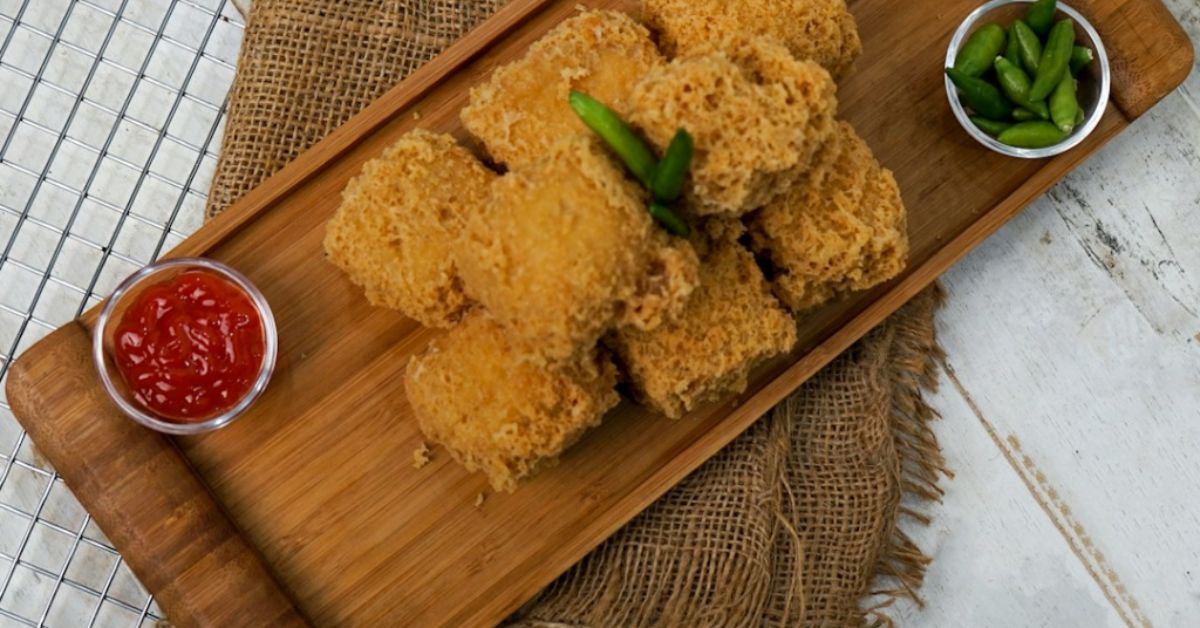
Crispy Chicken Samosa Recipe | Easy, Flavorful & Perfect for Snacks
Our editorial team individually chooses every product that is suggested on obonappetite. We might get paid if you buy something

How to Make Spring Rolls and Peanut Sauce | Fresh, Crunchy and Flavorful Recipe
Our editorial team individually chooses every product that is suggested on obonappetite. We might get paid if you buy something

Can You Get Disney Meal Plan Without Staying on Property?
Our editorial team individually chooses every product that is suggested on obonappetite. We might get paid if you buy something
